Lomography Meets Solargraphy
6 36 Share TweetSolargraphy is the art of capturing the Sun’s path through pinhole photography. And with World Pinhole Day coming up on Sunday, we took the opportunity to interview Tarja Trygg, the founder of the Solargraphy project, to find out more about this unque and beautifully simple way to take photos!
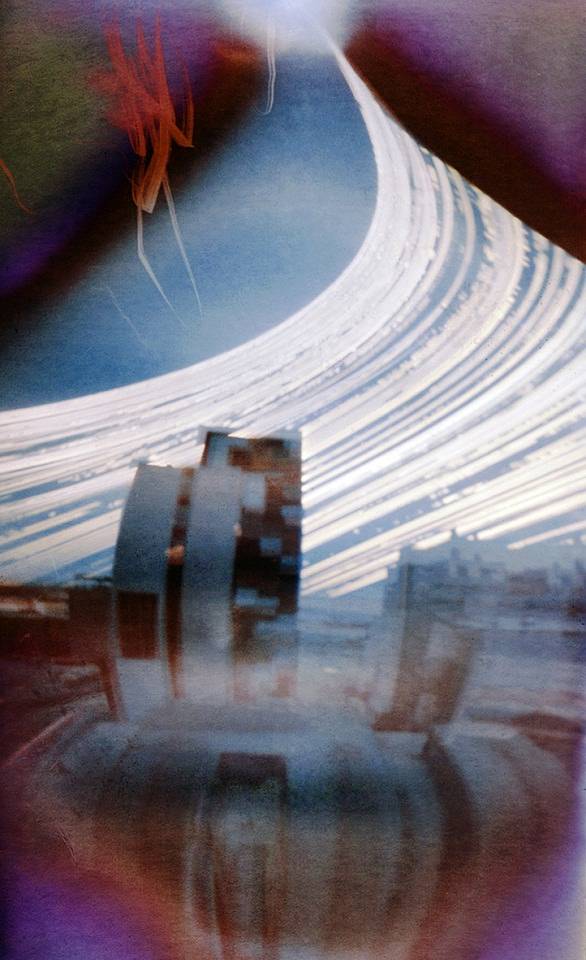
Hi Tarja. Please tell us a little about yourself and Solargraphy
I am a Finnish artist and work in Helsinki as a senior lecturer at Aalto University, School of Art & Design. I created the website www.solargraphy.com and it encourages volunteers to become my “Can Assistants” and install small pinhole cameras all over the World. The goal is to create a World Map of Solargraphs. I want to thank all my volunteers for their contributions to the project so far – The collaboration gives much more than one person can do alone.
How did you first get interested in Pinhole Photography?
My first experience of pinhole photography and Solargraphy changed my life. It happened in May 2002 in a small town in Poland called Skoki. I was taking part in the International photographic Workshop PROFILE´02. The week was the most meaningful in my life. This one sentence awoke my curiosity and interest in Solargraphy: “The movements of the Sun go horizontally in the Northern hemisphere and vertically at the equator”. I wanted to see how different these kinds of tracks are at various latitudes. Returning home, I tested different b/w photo papers and little by little I wanted to have longer and longer exposures. Solargraphy became my passion to create unconventional photographs; it keeps me energetic and inspires me to understand more about the Universe.

What is it about Solargraphy that fascinates you?
Solargraphy is an amazing way to record the Sun’s path all over the world. In photography, my main interest is to get the invisible to become visible. We cannot see the movements of the Sun with our naked eyes but Solargraphs make the Sun’s trail visible. Experimental photography such as Solargraphy is a lot of fun and the whole process shows us the birth of the picture in photography.
Solagraphy is also a very economical way to create photographs because no chemicals are needed. You don’t need to develop your photographs because all the tracks can be seen on the paper negative after the extremely long exposures. (Chemicals will damage it and your paper negative will become totally black, so don’t develop your Solargraph paper negatives at all!). Another amazing thing is that the results will be in colour even though a piece of black and white photo paper is used in the pinhole camera. And the most exciting matter is that one never knows in advance what kind of results will come, because the can cameras will have been left alone in the open or hidden in public places in Cities for weeks or months. You can see the weather in Solargraphs: The lowest Sun trail comes in the winter solstice and the top of the Sun curves in the summer solstice.
What is your favorite Solargraph?
In fact I have several favourites. But this time I’ll choose this 6 -month Solargraph exposure from Helsinki because all the tracks in the image show very clearly what we can see. The exposure was from the winter solstice 2009 to the summer solstice 2010. Every day the Sun left one line in the sky. The winter in Helsinki was the coldest in 70 years. There was a lot of snow and coldness, then a really hot summer with sunny days, and then some cloudy or rainy days as well – And the Sun trails in the photo go from the lowest point right up to the top. In Solargraphs, I want to see how different the Sun trails are at various latitudes – I think all this information can be seen in this one image.

What would your advice be to people just starting to take Pinhole photos?
The most important part of pinhole photography is the tiny hole because the optimal pinhole size has its influence on the focus of the final picture. I encourage you to test your pinhole camera with a short exposure before leaving your camera to do an extremely long exposure. If you want to do a long exposure pinhole photo, try to find a nice view, install your camera facing the Sun and fasten it somewhere very well so it will not shake with the wind.
What is the longest exposure Pinhole photo you have ever taken?
It is this Solargraph found after a year in the archipelago of Turku, Finland. I lost my can somewhere and the next year I found it.

Want to become a ‘Can Assistant’? Read more about the Solargraphy Project and see loads more Solargraphs at www.solargraphy.com!
And remember, World Pinhole Photography Day is on Sunday, so get experimenting!
geschrieben von tomas_bates am 2011-04-20 in #lifestyle #pinhole #day #world #photography #solargraphy #tarja #trygg #pinhole-masters-and-magic








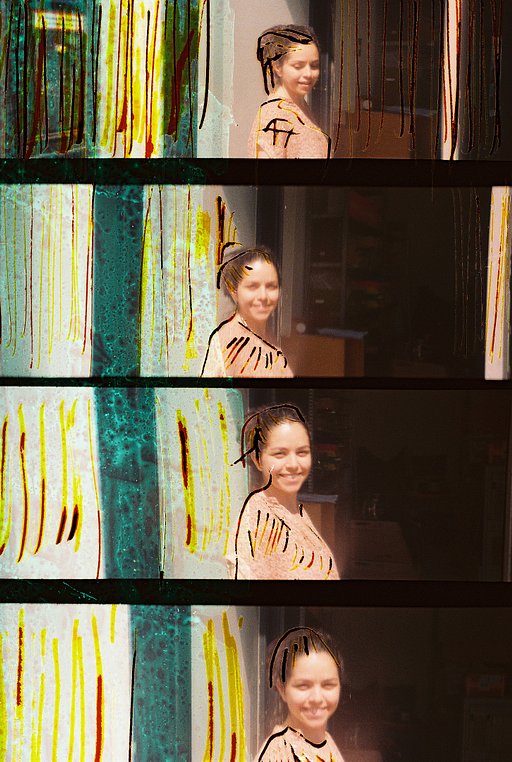


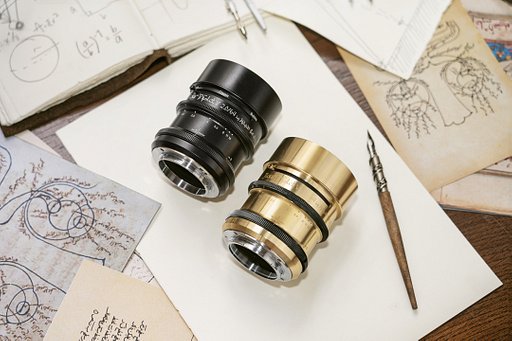

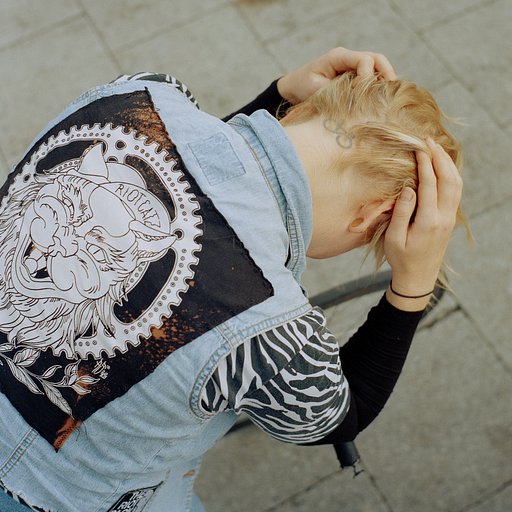
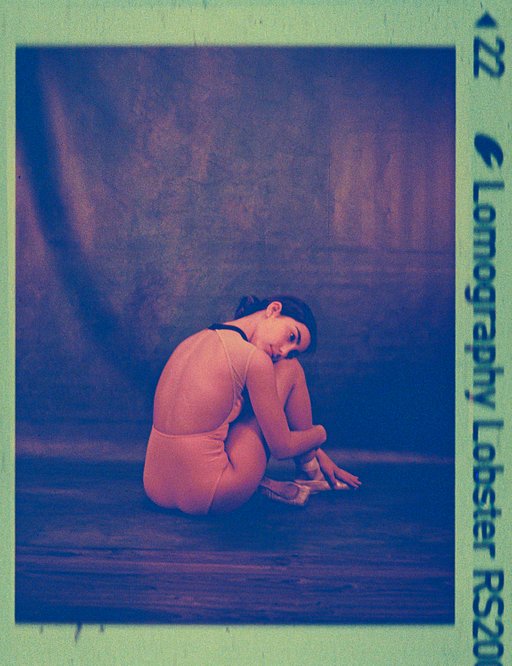
6 Kommentare